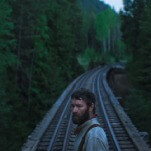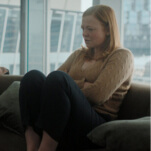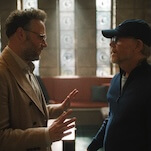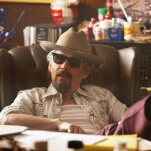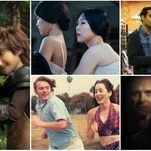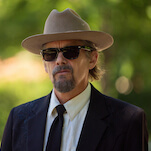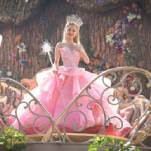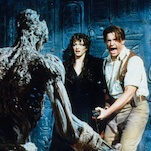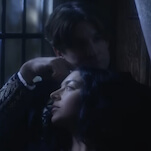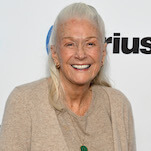Train Dreams persist through changing times in ethereal, awestruck drama
A thoroughly engrossing period piece of dreamy details, quietly told and expertly performed.
Photo: Netflix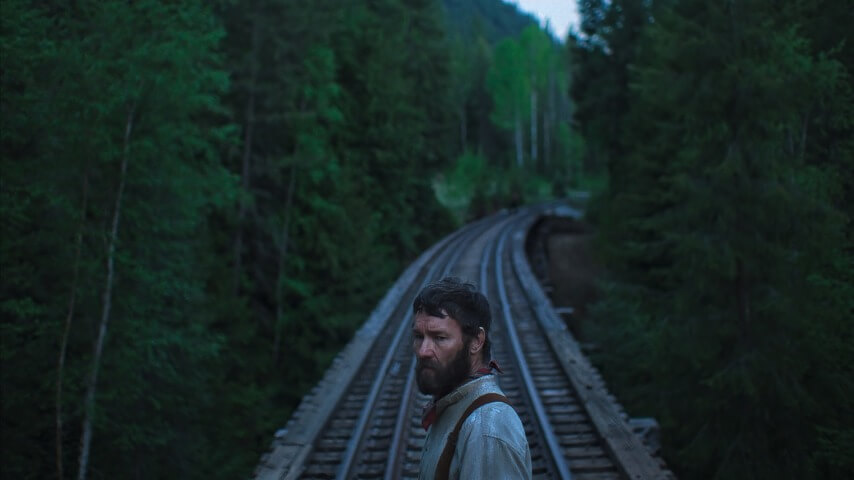
From the first images of a hand-felled tree, destruction, change, and transformation define Train Dreams. Ironically, so does persistence. But though the theme might be familiar for filmmaker Clint Bentley, Train Dreams marks a big step forward for him. Bentley last directed the endearing but formulaic character study Jockey, which gave Clifton Collins Jr. his own study in lingering retrospection, and he earned an Oscar nomination for co-writing the prison drama Sing Sing. Train Dreams looks further back than either to find its persistent American truth, a thoroughly engrossing period piece of dreamy details. Adapted from Denis Johnson’s Pulitzer-finalist novella, its story of one man’s lifetime—ranging an absurd technological expanse, from constructing the railroads of the West to witnessing televised spaceflight—is quietly told, in conversation with Kelly Reichardt and Terrence Malick.
These inspirations are established early, through images of swaying wheat and through paragraphs of Johnson’s prose delivered in voiceover by frequent Reichardt collaborator Will Patton. Its setting—deep in the forests of the Pacific Northwest—time period, and brief moments of connection with Indigenous and Chinese Americans offer up a similar outline as First Cow, but colored in by the more elegiac Americana of The Assassination Of Jesse James By The Coward Robert Ford. It’s at this aesthetic crossroads that we find Robert Grainier (Joel Edgerton).
The leap that life takes over the course of a single generation—this simple logger living from the 1880s to the 1960s—stands in for that inevitable left-behind feeling that creeps up with age, here inspiring awe rather than pissy fist-shaking at the changing times. The entirety of Train Dreams is awestruck, this potentially cloying tone and Bryce Dessner’s emotional score justified by a devotion to golden hour nature photography, candlelight and campfires, and production design (courtesy of After Yang‘s Alexandra Schaller) that transports you as completely as the untamed wilderness.
Bentley and cinematographer Adolpho Veloso isolate their characters in a cramped, boxy 3:2 aspect ratio, zooming away from center-frame lumberjacks lost in the bright greens of the foliage. It’s all framed like a series of old photographs one might find in an antique store—especially an early montage of Grainier’s formative memories, of two-faced cows and train rides and dying men—richly colored to take the burden off your imagination. The uncommon format underscores the tone of Grainier’s labor: It’s lonely work, and this melancholy is the silent companion to the stray bursts of violence and the percussive rhythmic thump of ax on wood. Edgerton’s soft-spoken woodsman might initially seem at home in this observational, isolated, masculine milieu—surrounded by sprawling nature and some choice bit players (including a charmingly blustery William H. Macy as the incredibly named old-timer Arn Peeples). But really, he belongs at home.
